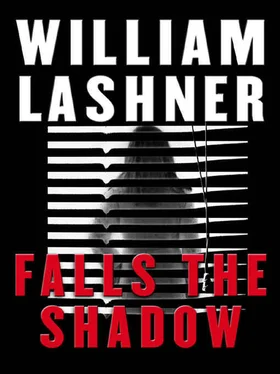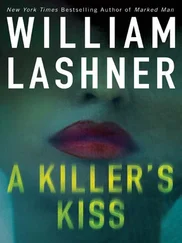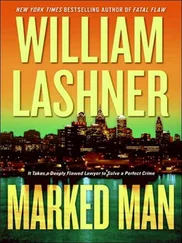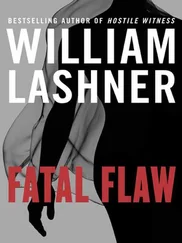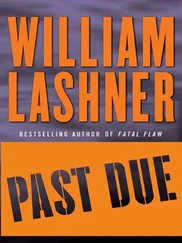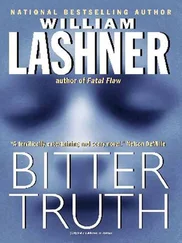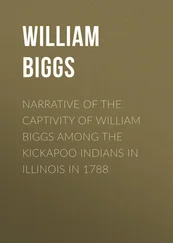“Now, after you took the photographs and examined the videos, did you examine the storage unit for fingerprints?”
“That’s what you told me to do.”
“Did you find any?”
“Sure. The place was thick with prints.”
“Even after all those years?”
“A place like that, a storage locker with little air circulation, almost zero foot traffic, and a layer of dust over everything, is a perfect place for the maintenance of prints. There’s no limit to how long they could stay in such an environment.”
“Were you able to match up any of the prints you found?”
“Sure I was. Some of the prints, I am sorry to say, were yours. You got to be more careful, Victor. In fact, I found two of your prints on the one opened bottle of beer.”
“Sorry about that.”
“I also found prints on certain of the stored objects that matched the defendant and the victim. This was not unexpected, since some of the stuff in the locker apparently came directly from the apartment they shared.”
“Were there any prints that you were not able to identify?”
“Absolutely. There were a number of prints that I couldn’t account for. This was to be expected also, especially since the guy in the self-store office had records that movers were used to transfer the stuff from the defendant’s apartment to the unit.”
“Were you able to match up any of those unidentified prints?”
“One.”
“Go ahead.”
“You provided me police records that showed certain unidentified prints found at the scene of Mrs. Dubé’s murder. One of the prints found on the light switch at the crime scene matched up with a print found in the storage unit. It appears to be a right index finger.”
“How confident are you in the match?”
“Very confident. I found twelve matching ridge characteristics in the two prints. I’d like more, but I found no dissimilarities, so it looks pretty solid. I also found the same print on one of the homemade porno videos.”
“Any idea who belongs to the print?”
“None.”
“But based on your testimony, some unidentified person was in the locker, held the video at some point, and was also at the crime scene.”
“That’s right.”
“The murderer, perhaps?”
“Objection,” said Dalton.
“Sustained,” said the judge. “This is not argument, Counselor.”
“I am so sorry, Judge,” I said, staring at the jury, who could tell I was not sorry at all. A few of the jurors had dazed expressions on their faces, as if nothing was getting through one way or the other, but some were looking at Anton with creases of concentration spreading across their foreheads. They saw the possibilities, and they would tell the others. This case all along had begged for another suspect. I had intended to use Sonenshein to create one for me, until that blew up in my face. Now I was using a fingerprint to do it. Whose fingerprint? Who else’s? Dr. Bob, come on down.
“Now, back to the videos,” I said. “I notice that these labels are spotted and stained.”
“That’s correct.”
“Were you able to identify the stains on these labels?”
“Sure.”
“What were they?”
“Blood,” said Anton Grammatikos. “Human blood.”
I let the murmur in the courtroom rise and swell and recede again, like an ocean wave, before I continued.
“Whose blood was on the label?” I said.
“I took a small sample from each of the labels and came up with a DNA signature. Then I matched that signature with the police forensic reports for this case. I’ve concluded that the blood on these labels is the blood of Leesa Dubé.”
I looked at the jury. Puzzled expressions all around. Mia Dalton had the same puzzled expression. She seemed to want to jump up and object, but she couldn’t quite find something to object to. It was fun to watch her search and fail.
“Could you make any conclusion, Dr. Grammatikos, as to whether these tapes, found in the locker, were at the crime scene at the time of the murder?”
“After analyzing the photographs of the pattern of blood on the floor and the walls of the crime scene, and then comparing the blood patterns on the labels, the best I can say is that it is quite possible that the videos were at the apartment at the time of the murder.”
“Your Honor,” I said, “I’d ask that these videos be placed into evidence, and then I ask that we be permitted to play these videos, in their entirety, to the jury.”
I said it calmly, matter-of-factly, I didn’t put any undue emphasis on the words, so it was rather interesting the reaction my simple statement received. As I expected, François jumped up in protest, shouting “Non, mon Dieu, non,” which I think is French for “My lawyer is screwing me up the ass.” Beth jumped up and stared at me as if I were an idiot. There was quite the commotion all through the courtroom, tittering from the jury and spectators alike. Only Mia Dalton surprised me by not joining the melee. She sat calmly, deep in thought, as the judge cut through the commotion with his gavel and his high-pitched voice and said, none too kindly:
“In my chambers, now.”
“I won’t let this happen, Mr. Carl,” said Judge Armstrong. “You will not turn my courtroom into a pornographic emporium.”
“Without the magazines or the twenty-five-cent peep-show booths,” I said, “it would hardly qualify as an emporium, Judge.”
“What possible purpose could be served by playing those tapes?”
“That’s a good question, Your Honor,” said Beth. “I’m curious myself.”
“Those videos,” I said, “not just their existence but the images captured on the magnetic tapes, are central to our defense. They are the reason that Leesa Dubé is dead, they are the reason my client is on trial for her killing.”
“Go ahead, Mr. Carl,” said the judge. “Explain how playing those tapes is crucial to proving your theory of the case, and you better dazzle.”
“It’s not enough for the jury simply to know that these tapes exist. They have to see them, Judge, they have to feel the revulsion that I felt when I first saw them and that the killer felt, too. The person who killed Leesa Dubé was trying to help her in her divorce case. Mr. Gullicksen had told Leesa she was in danger of losing her child. He testified that evidence such as these tapes would have helped her cause. She told someone of her problem, and this someone simply tried to help. First he broke into the defendant’s storage locker to find the tapes and then broke into Leesa’s apartment to give them to her. He thought he was giving her back her daughter. But something went wrong. Leesa must have awoken, must have been frightened by the stranger in her apartment. She grabbed her gun, confronted the burglar. A struggle in the darkness ensued, ending with the gun firing and a bullet piercing Leesa Dubé’s neck from close range. It was an accident, it was against all the intruder’s intentions, but accidents happen, and Leesa Dubé still was dead. After it was over, while she lay dead on the floor, blood all over the room, the killer took a photograph of the defendant and put it into her hand to frame my client. And then broke into my client’s apartment to plant the blood and the gun.”
“That’s your theory?” said the judge.
“That’s it.”
“That’s about the most ridiculous thing I’ve ever heard.”
“But it’s more than just a theory,” I said. “It’s what actually happened.”
“And why would the killer frame your client?”
“To protect himself,” I said, “and also to protect the daughter. When you see the tapes, you’ll understand. Some of the actors are quite possibly underage. They provide not only the motive for the killer’s being in the apartment but also for the frame-up after the killing.”
Читать дальше
